London’s Kew Gardens: planning your visit
Kew Gardens, located just a short subway ride from central London, is the world's largest collection of living plants in the world.
Founded in 1840, the garden hosts over a million visitors annually.
We have visited twice and thoroughly enjoyed both visits. Below we’ll cover the main topics to make your visit delightful.
View of the Kew Garden Temperate House from the Treetop Walkway
How to get to London’s Kew Gardens
By tube
I would highly recommend taking the subway from London to Kew Gardens.
The District Line’s Kew Garden station is just a ten-minute walk through a lovely neighborhood from the garden gate.
Right outside the Kew Gardens tube station is a small, town with many restaurants including French, Australian, coffee, and a British pub right next to the train station that gets very lively in the late afternoon and evening.
On our most recent visit, we chose to eat at an outdoor table Ma Cuisine Kew, just steps from the train station, but there are also some great options inside Kew Gardens (see below)
Photos of lunch at Ma Cuisine Kew and a view of the Kew Gardens Underground station.
By bus
Route 65 stops close to Lion Gate, Elizabeth Gate and Victoria Gate.
Route 110 stops near Kew Gardens station and Elizabeth Gate.
Routes 237 and 267 stop at Kew Bridge station.
By car
Driving to Kew Gardens is really the last option. Parking at Kew is extremely limited with spaces in the parking lot available on a first come, first served basis.
Kew Gardens - when is it open and how to buy tickets
You can purchase tickets at the gate but it’s best to buy your Kew Garden discounted ticket in advance.
Summer hours are Monday to Friday, 10 am to 7 pm - with the last entry at 6 pm.
Saturday, Sundays, and bank holidays, 10 am to 8 pm - with the last entry at 7 pm.
Adult tickets are £19.00 in advance and £24.00 at the door.
Discounted tickets are available for children, young adults, senior citizens, people with a disability, and local residents.
In the summer, you can purchase £10 tickets to Kew Gardens after 4 pm.
We visited during bluebell season. Kew Gardens has a huge bluebell display and it is very popular.
What to see during a Kew Gardens visit
During our most recent visit to Kew, we spent too much time enjoying our lunch at Ma Cuisine Kew so we arrived at the garden later than planned.
This meant that we had to prioritize which attractions we wanted to see. There were some new features, like the Treetop Walkway, since our last visit. So we headed there first.
You can pick up a map at any entrance but here’s a link to an online map of Kew Gardens.
Treetop Walkway
From 59 feet above the ground, you get a chance to experience the birds and insects that inhabit the treetops. Plus the view is great too.
Some of the trees that inhabit the area are sweet chestnut, beech, horse chestnut, and various oak species.
The walkway is made of 400 tons of weathered steel. The walkway’s rusted columns really blend in with the environment. It was designed by Marks Barfield Architects, the same firm at designed the London Eye.
You can reach the top via either stairs or an elevator.
Japanese Landscape
One common theme with Japanese gardens is the idea of seasonality. Plants and trees are selected so that no matter what season you visit the garden will still be beautiful.
The finely manicured Japanese Landscape unites three gardens: a Garden of Peace, a Garden of Harmony, and a Garden of Activity.
The Peace Garden is evocative of a traditional Japanese tea garden
In the Garden of Activity, a slope symbolizes elements of the natural world like waterfalls, mountains and the sea, while raked gravel and large rocks represent the movement of water flowing and tumbling.
In the Garden of Harmony Japan’s mountain regions are represented by rock outcrops and shrubs.
The large structure, the Chokushi-Mon, is a replica of the Karamon Gate at the Nishi Honganji temple in Kyoto.
Fun note - Her Imperial Highness Princess Sayako visited in 1996 to commemorate the opening of the Japanese Landscape.Twenty years earlier Imperial Highnesses Prince Akihito and Princess Michiko had planted a tree that is now thriving in the Japanese Landscape.
Bamboo Garden and Minka House
Bamboo is the fastest-growing woody plant in the world so it creates a dense landscape wherever it’s planted.
This Bamboo Garden contains 130 bamboo species from China, Japan, and the Himalayas.
At the Bambo Garden, you’ll discover the Minka House. “Minka” is a term that describes a very simple house that was common in the Japanese countryside for many years.
Davies Alpine House
The Davies Alpine House was designed to recreate the dry, cool, windy conditions alpine plants need to thrive. The unusual-looking building does this without using energy-intensive air conditioning or wind pumps.
Built with two back-to-back arches, the structure draws warm air out of the building.
Alpine plants are very interesting. They are able to grow above the altitude at which trees can survive.
Palm House
If Davies Alpine House is an example of modern design, the Palm House is the complete opposite having opened in 1848. The Palm House was the first greenhouse to be built on this massive scale. The glass building houses a remarkable indoor rainforest and tropical plants from some of the most threatened environments in the world.
There are 253 steps leading to the observation area atop the 163-foot-tall structure. From there you can see wonderful views across London.
The Great Pagoda at Kew Gardens
The Great Pagoda
The Great Pagoda was built in 1761 by Sir William Chambers as a present for Princess Augusta, the founder of the gardens.
It is one of several Chinese buildings designed for Kew Gardens by Chambers, who had spent time traveling in East Asia and studying the area’s architecture.
The building was closed for repairs in 2006 and reopened in 2018 following a major restoration
The exterior of the Temperate House
Temperate House
Temperate House contains rare and threatened plants in the world’s largest Victorian glasshouse. It is home to 1,500 species of plants from Africa, Australia, New Zealand, and Asia.
The Temperate House, which originally opened in 1863, reopened in 2018 after a five-year renovation and now contains 10,000 individual plants.
Go City Pass
If you plan to see multiple attractions during your trip a Go City Pass might save you money.
Please take a look at their website and see. Click here.
Note - This blog post contains affiliate links. This means that if we are recommending a product, activity, or hotel, we might be receiving a small commission if you buy or book from these links. This is done at no additional cost to you. We only recommend products we have personally used or have thoroughly researched.
Eating and dining at Kew Gardens
One wonderful way to enjoy the beauty of Kew Gardens is to picnic in one of its many open areas.
But if you prefer to sit down and be served your food there are numerous options.
Family Kitchen & Shop
This is a food court-style option with indoor seating available. Options include stone-baked pizza, stuffed potatoes, salads, sandwiches, and of course sausage and mash.
Orangery
Orangery is a good spot for lunch or grabbing a coffee. Offerings include roast chicken; leek, mushroom, and sweet potato pie; quiche and sausage roll. There is both indoor and outdoor seating available.
Pavilion Bar and Grill
This restaurant features a more substantial menu that includes burgers, Mediterranean-inspired dishes, grilled trout, lemon & garlic butter. Multiple wine options are on the menu. Indoor seating and an outdoor terrace are available.
The Botanical Brasserie
This is a beautiful fancy restaurant, with a pricey menu. Booking ahead of time is suggested on their website.
The all-day formal dining features modern British cuisine including lemon, asparagus & wild mushroom risotto, and slow roast breast of lamb, pea & mint puree.
The Brasserie puts emphasis on sustainability and local products. They even have a map on the menu listing all their food suppliers.
You can catch up on the current menus for each restaurant on Kew Garden’s website.
Christmas at Kew Gardens
During the Christmas season, Kew Gardens is lit up with lights and spectacular projections. The Christmas light display follows a one-and-a-half-mile trail and takes at least two hours to walk through.
The display runs from the middle of November until the week after New Year’s Day. Off-peak tickets are £22.50, and peak tickets are £29.00. Tickets sell out quickly so purchase as soon as possible (link here).
If you work up an appetite while visiting the Christmas display the Botanical Brasserie is open as well as independent food vendors set up around the display.
For more on visiting London in winter check out our post: Planning your visit to London in Winter


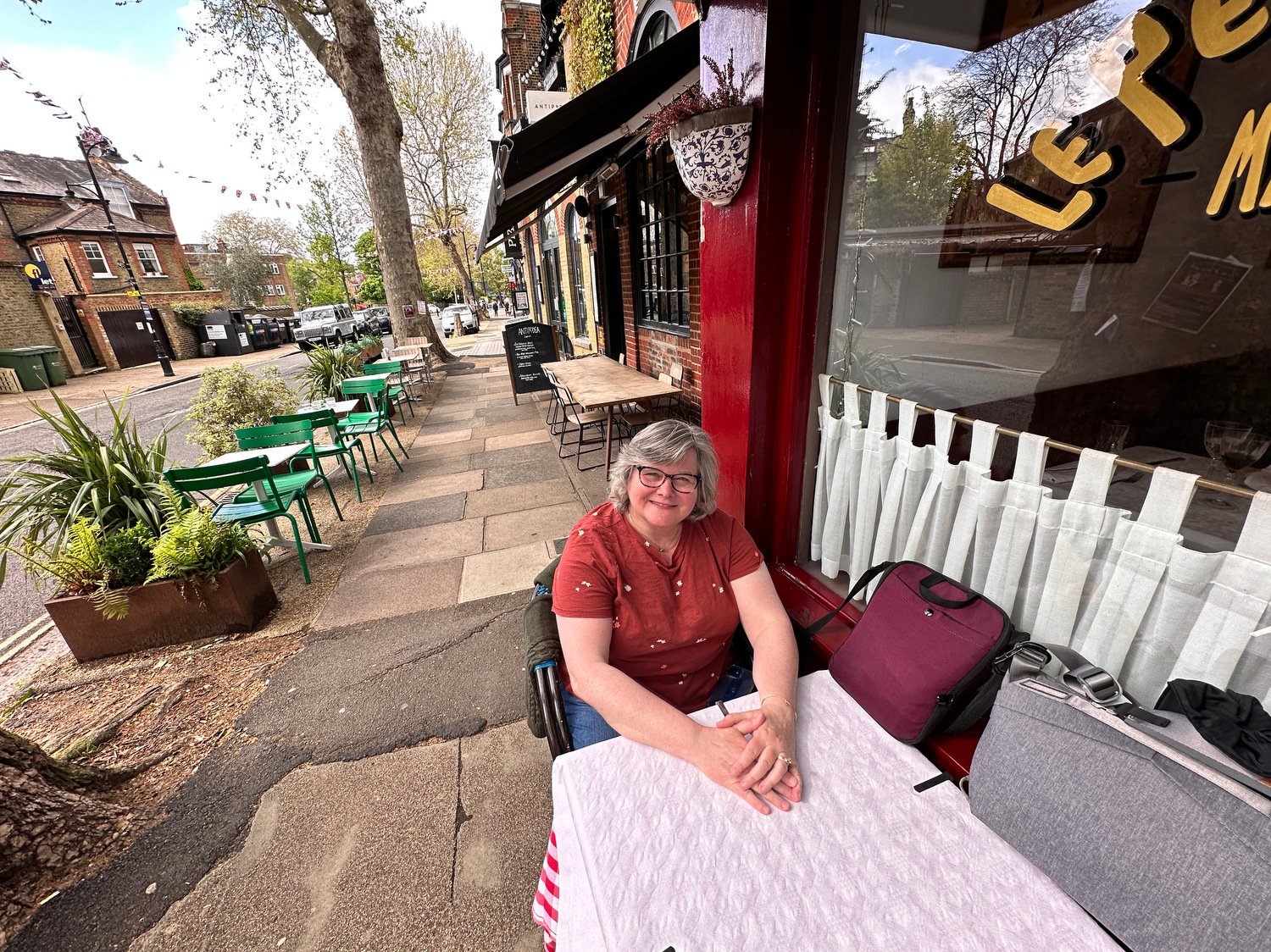
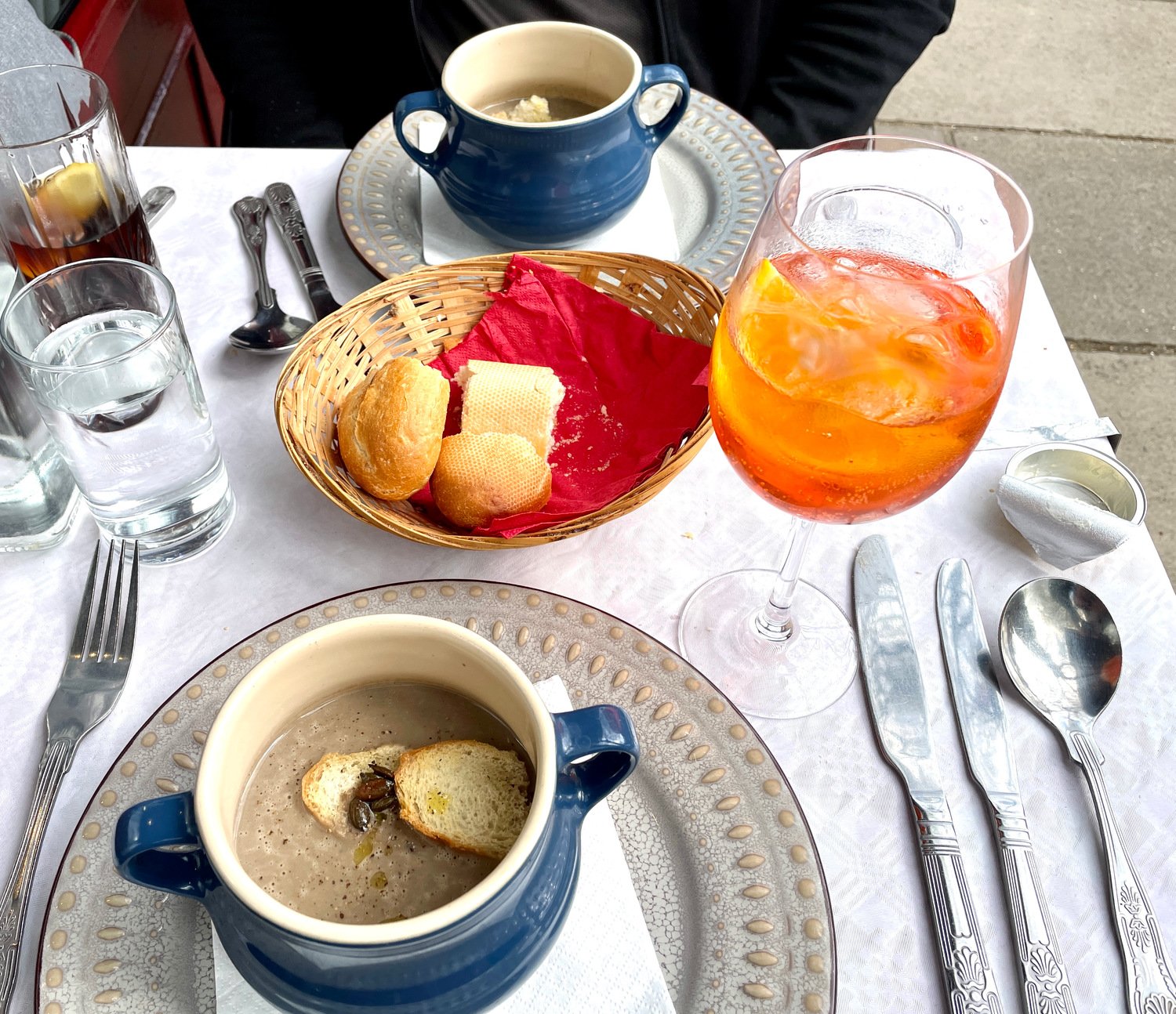
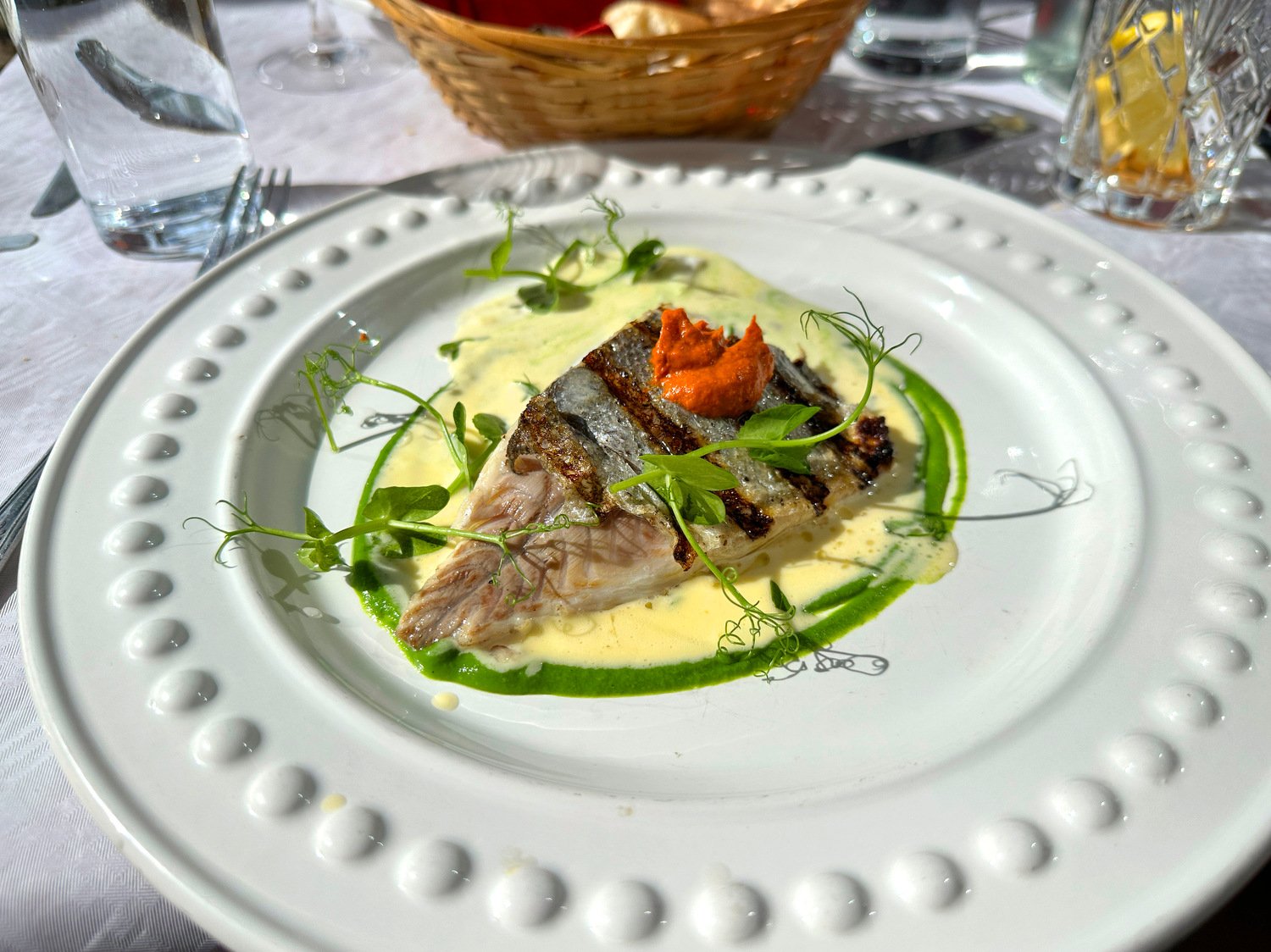
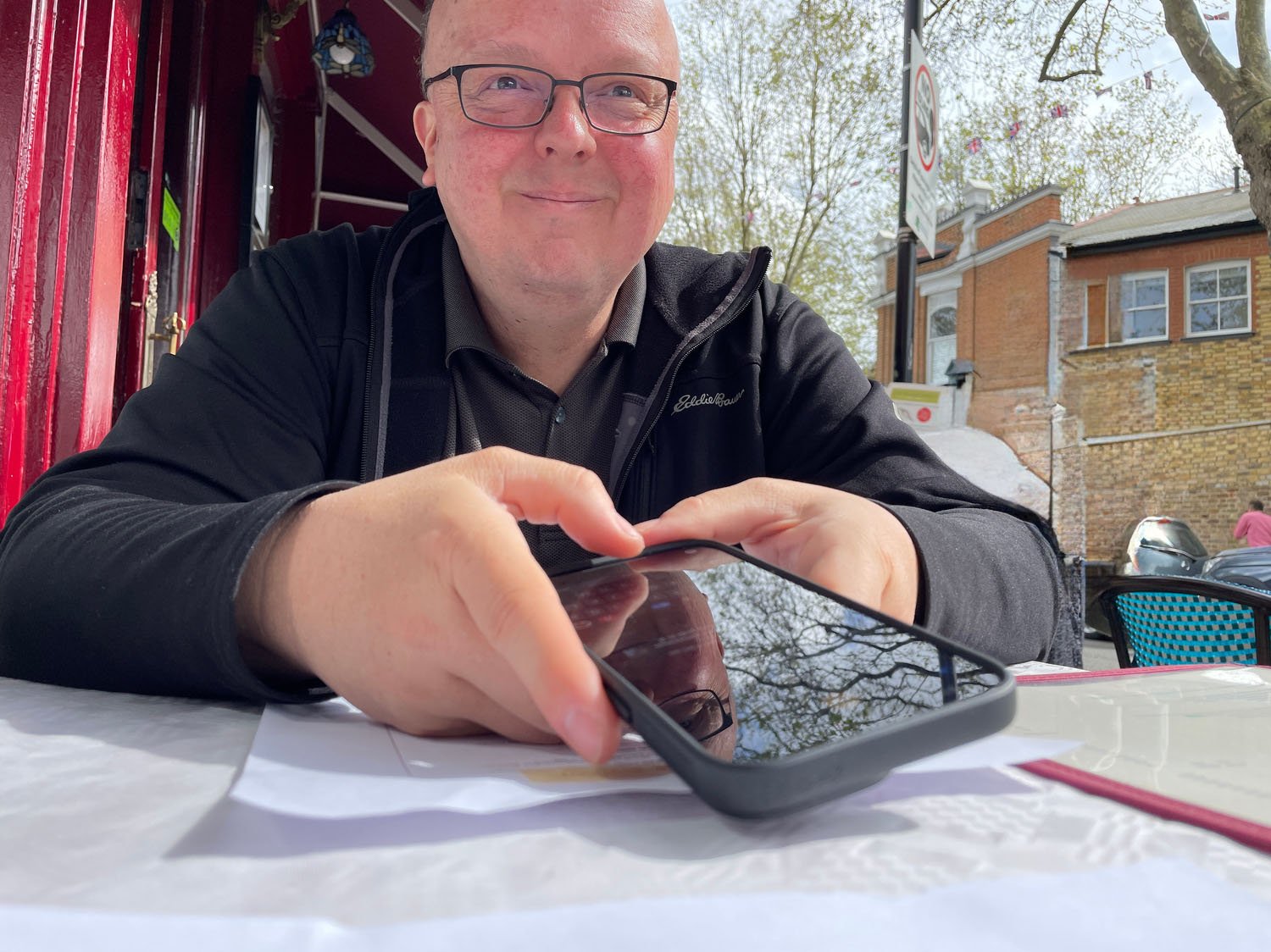
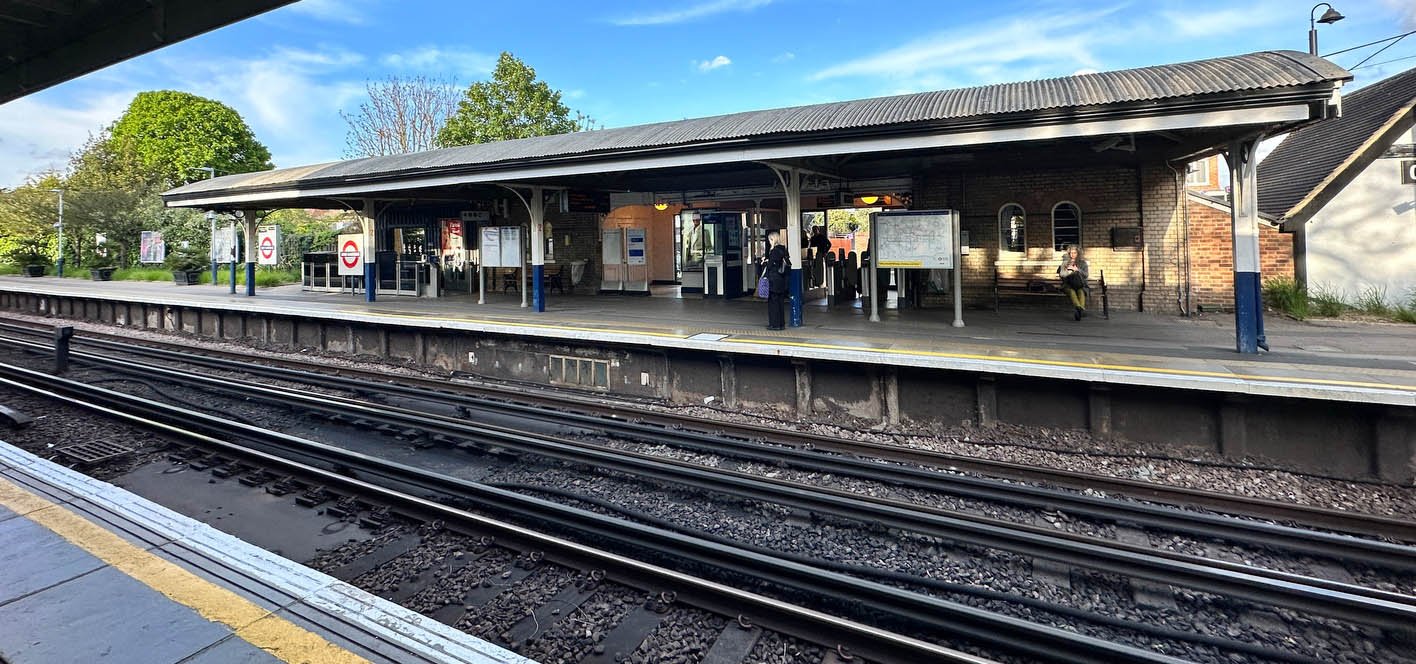

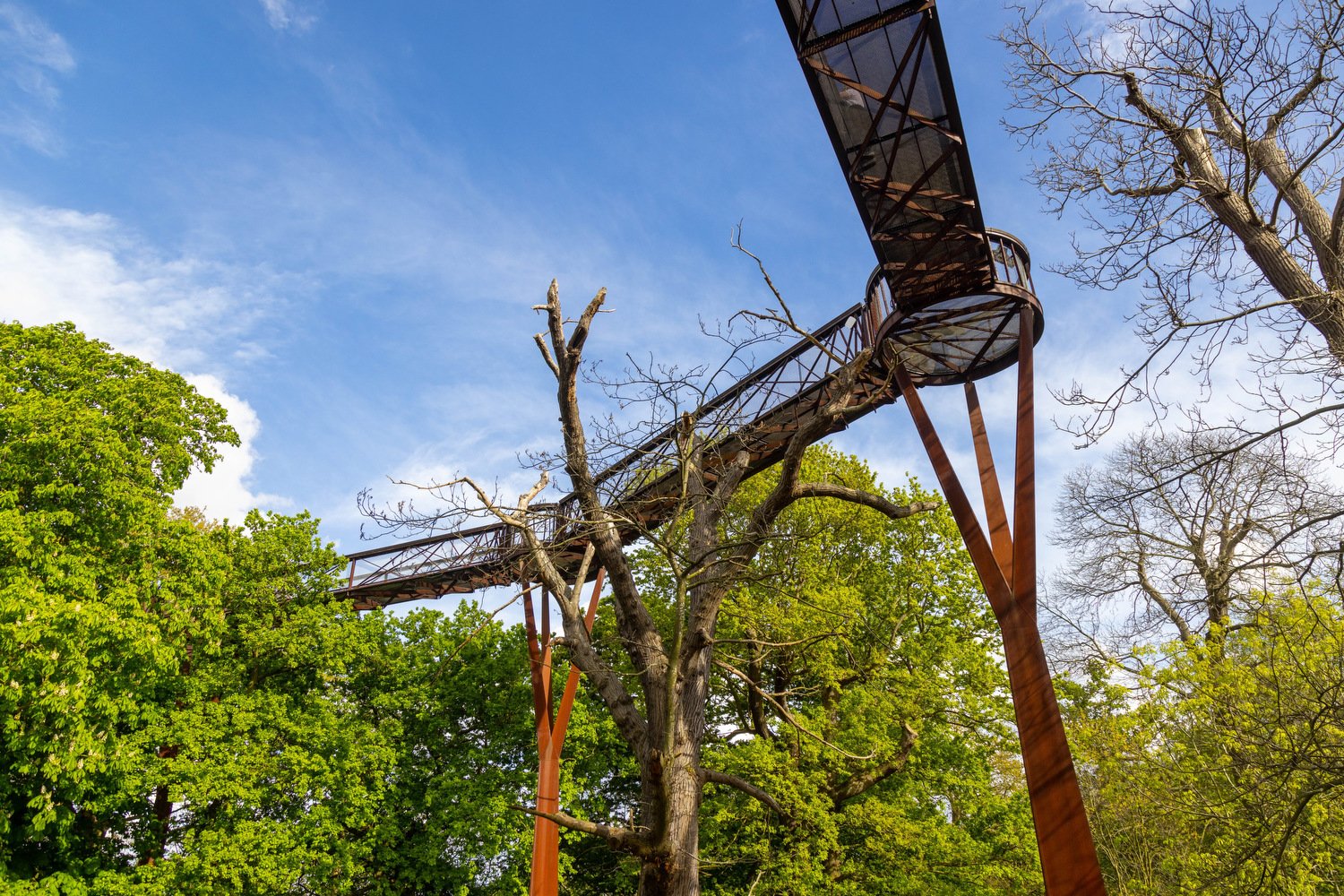
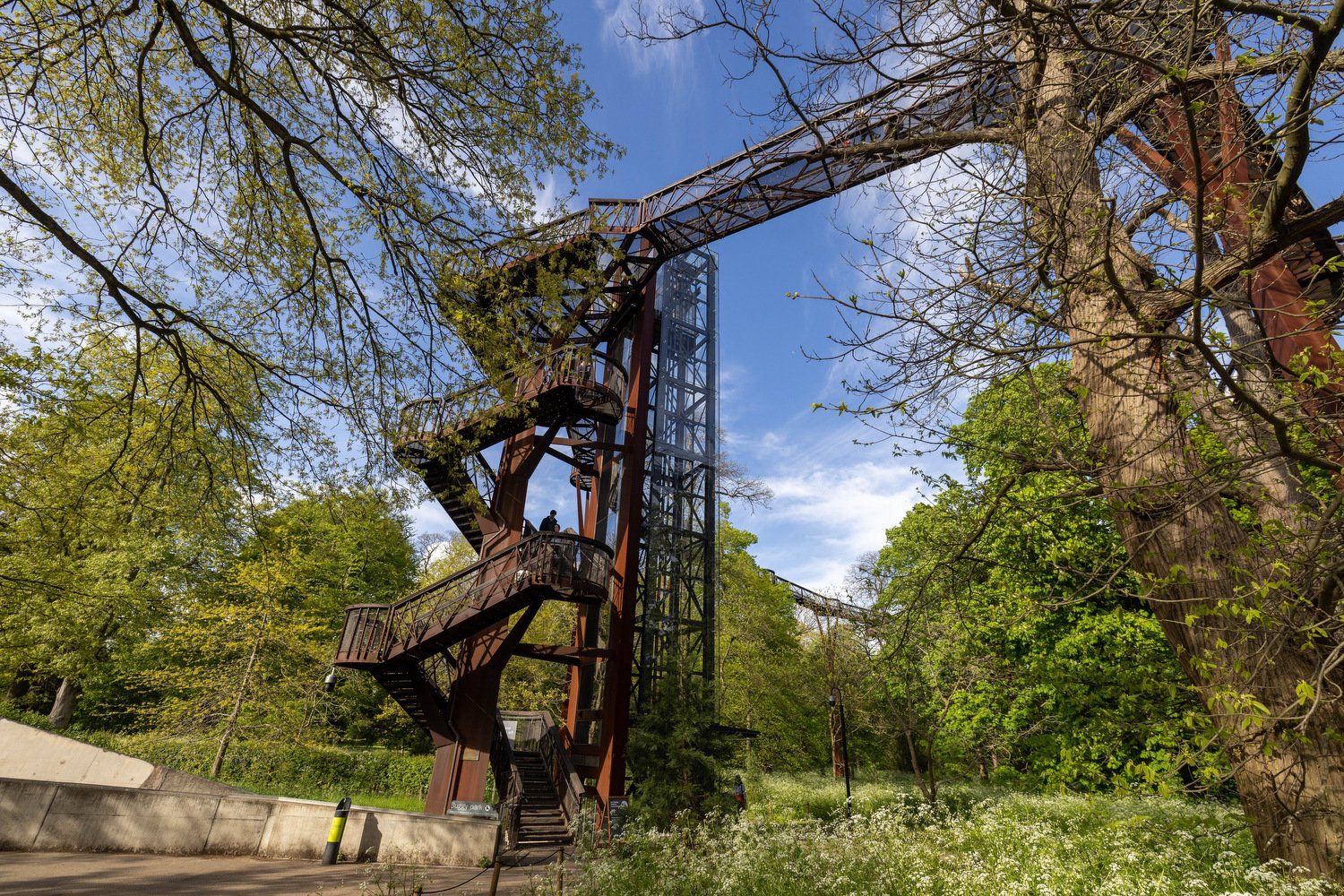
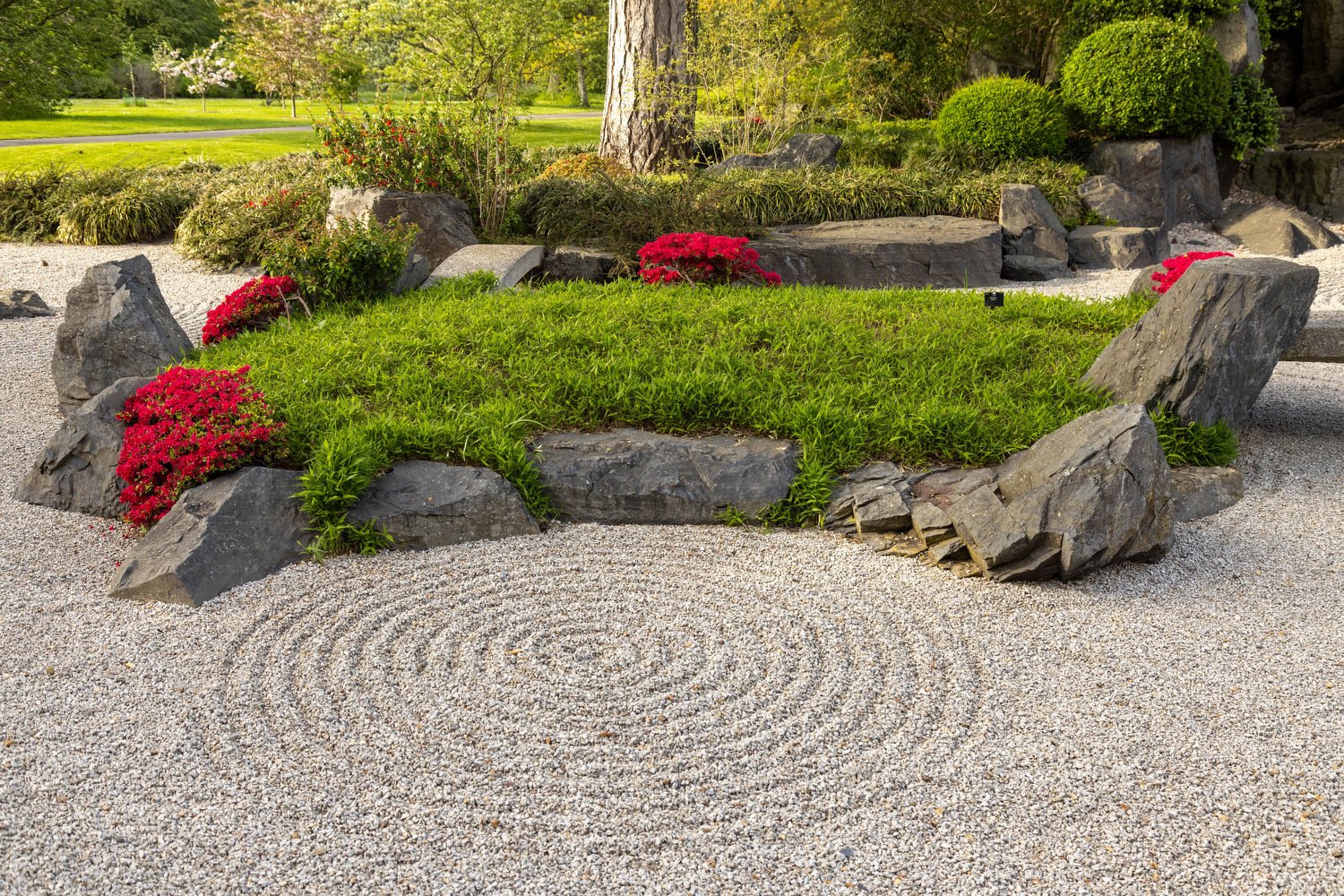

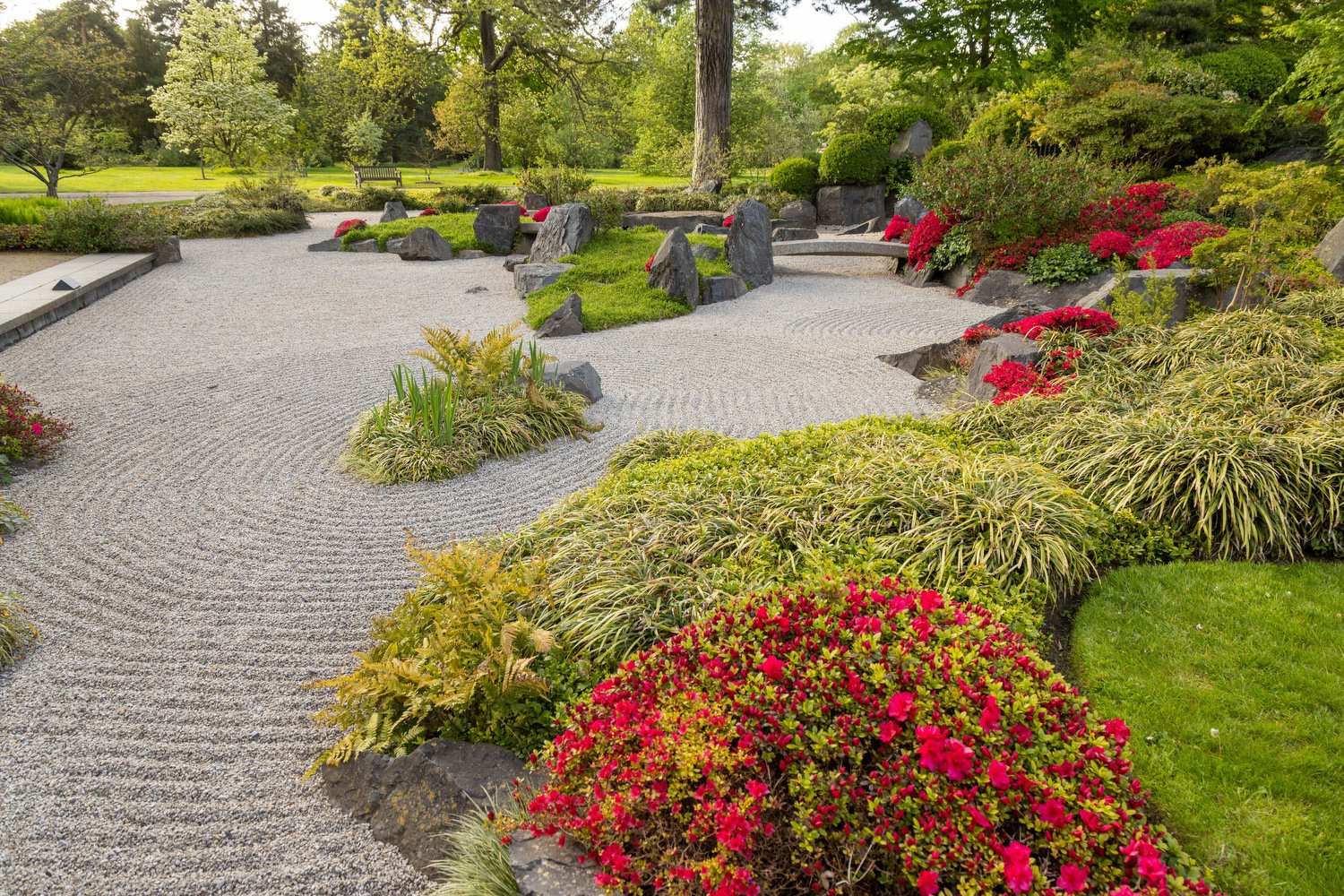
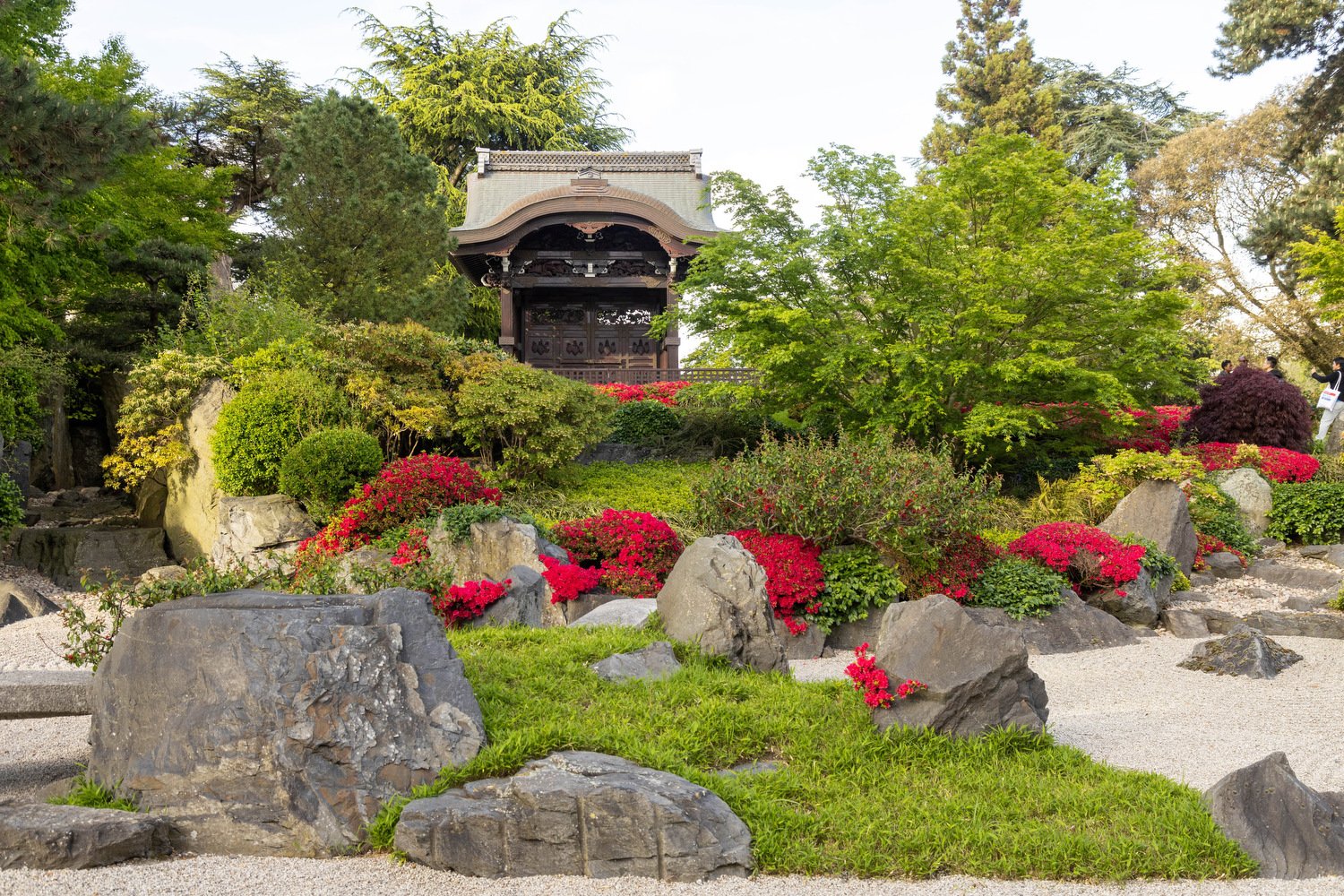


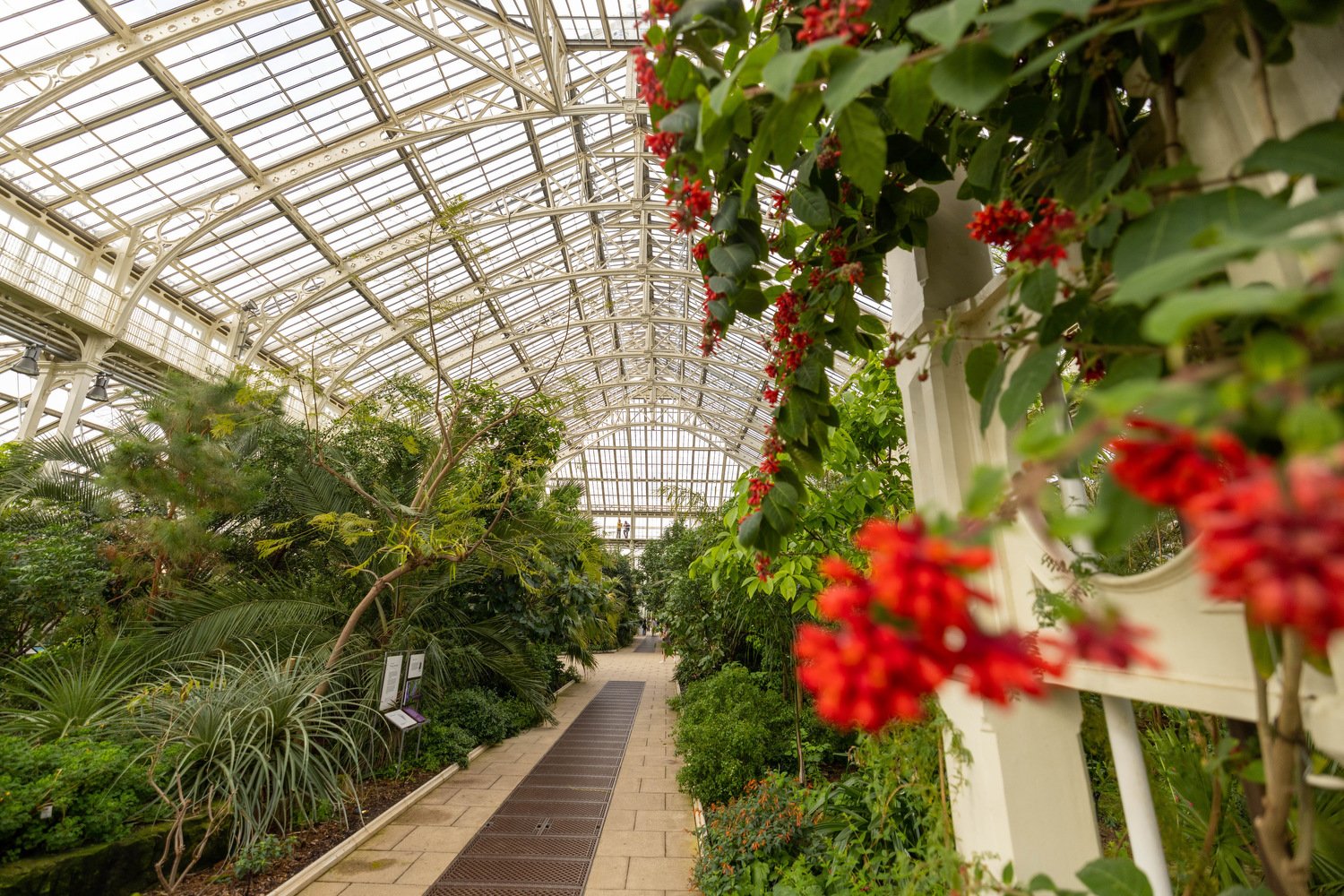
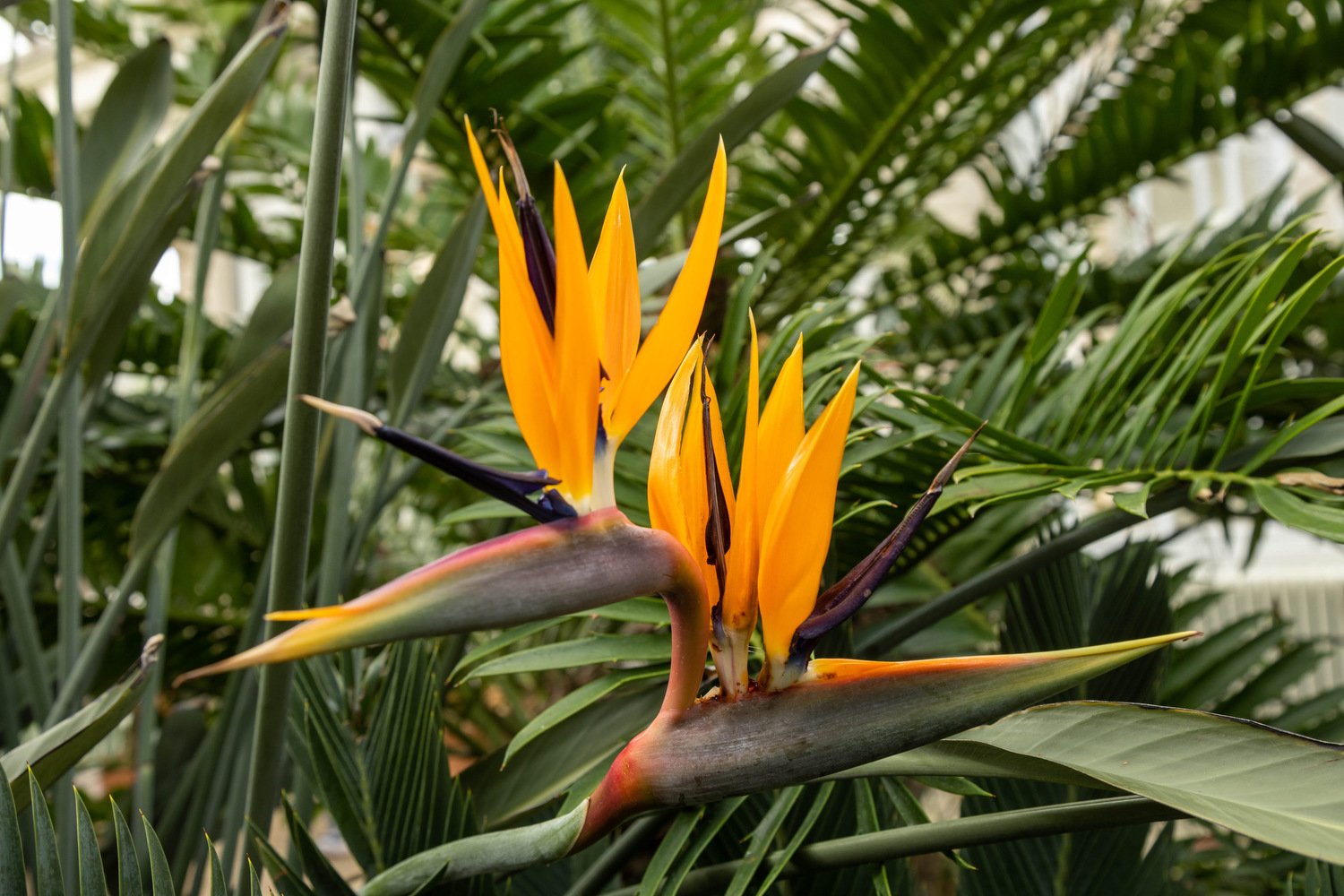
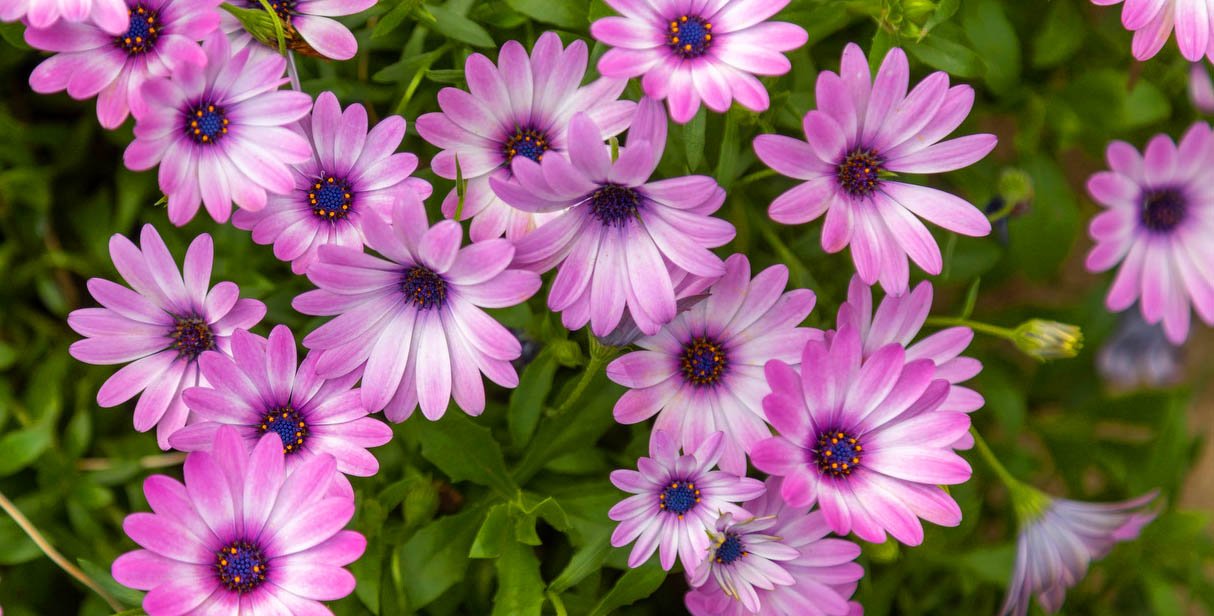
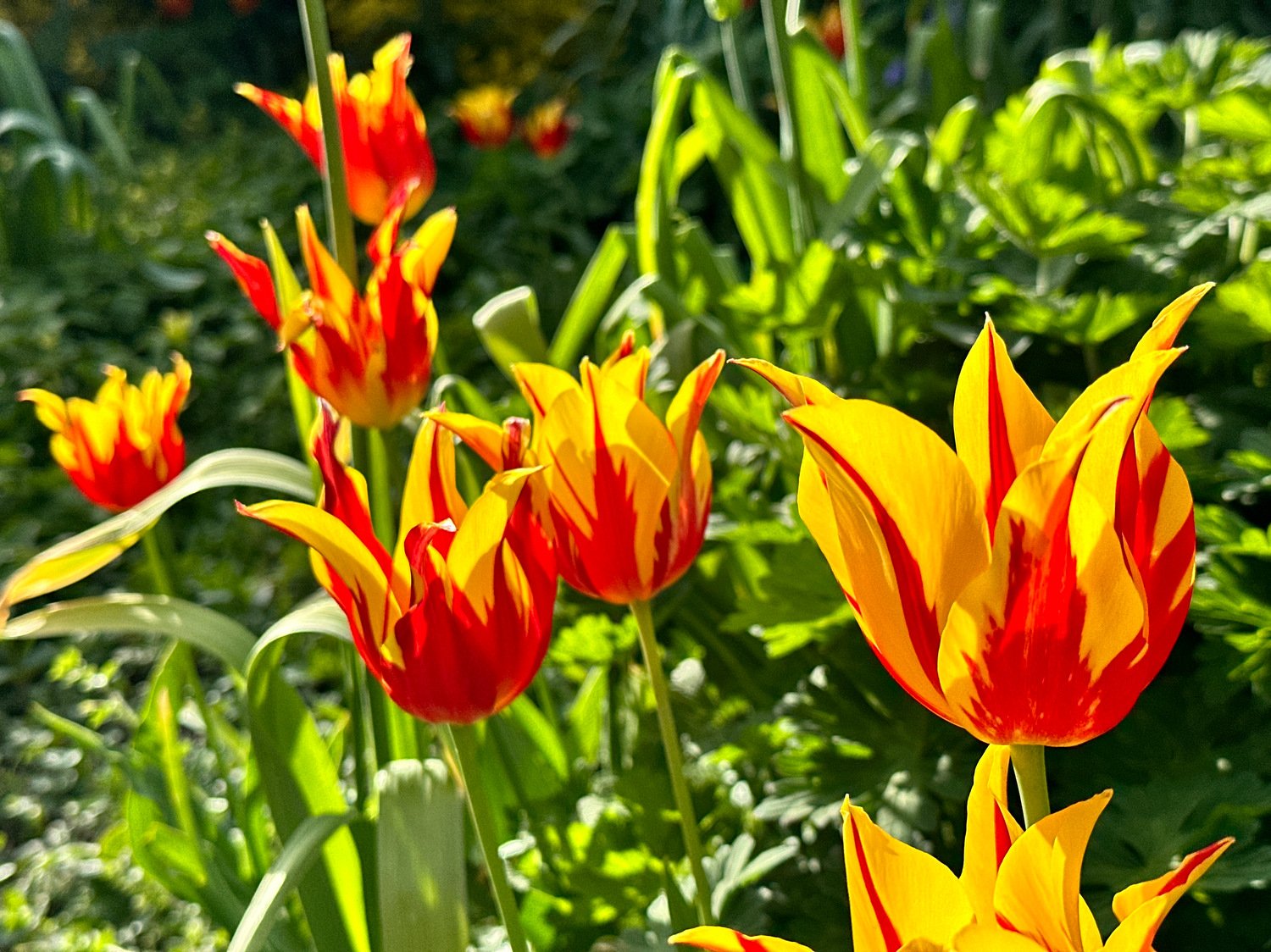

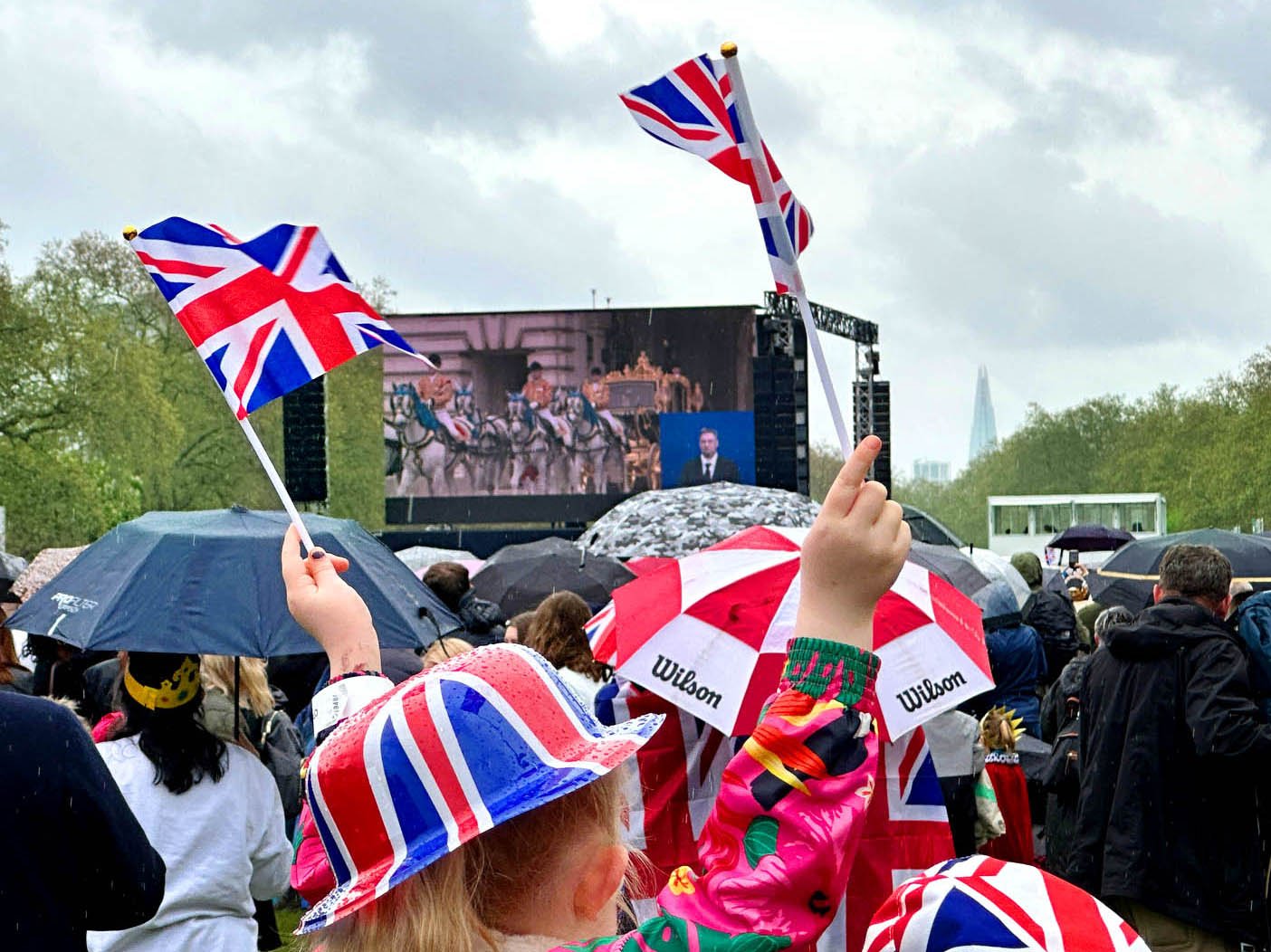






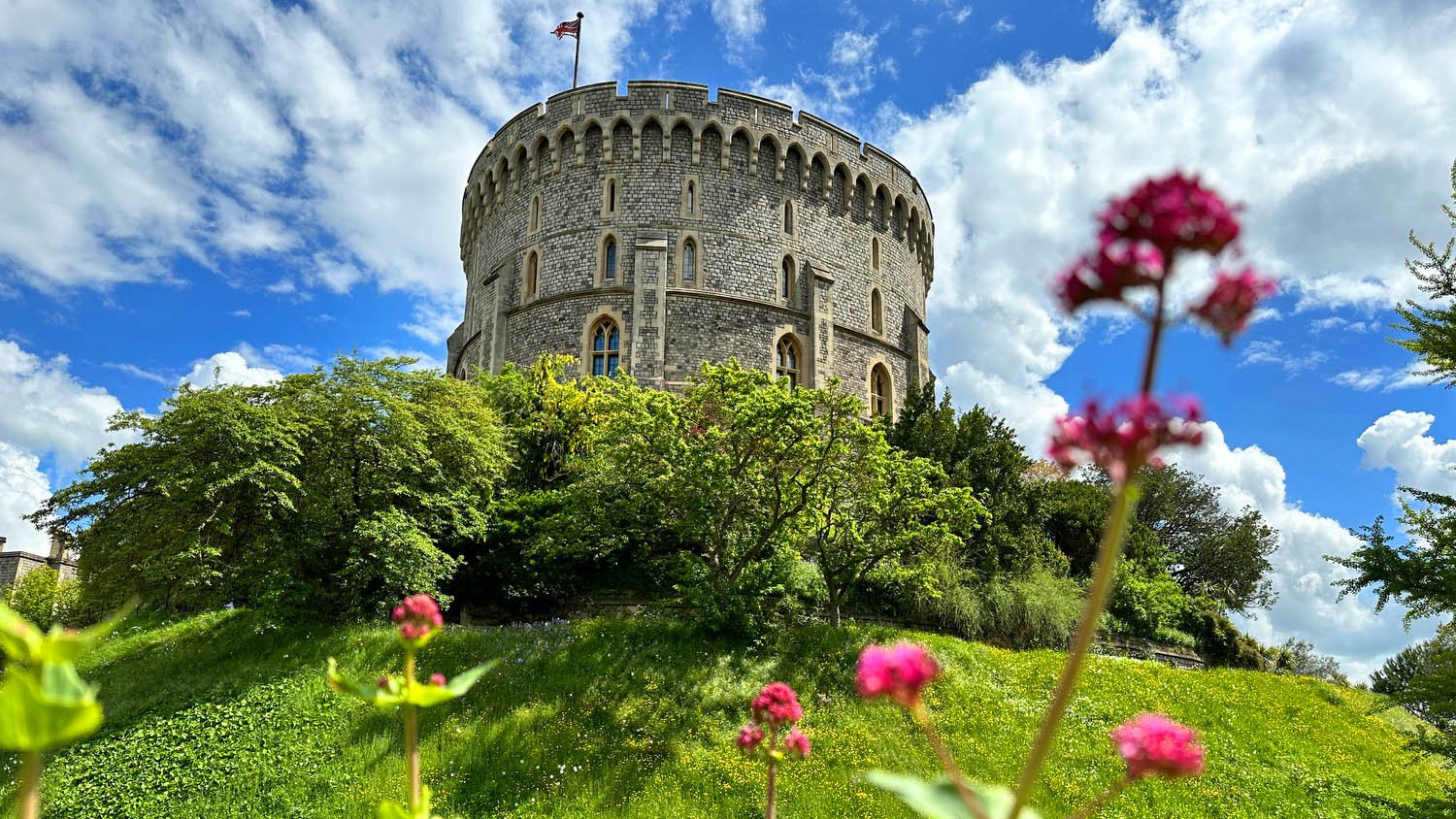

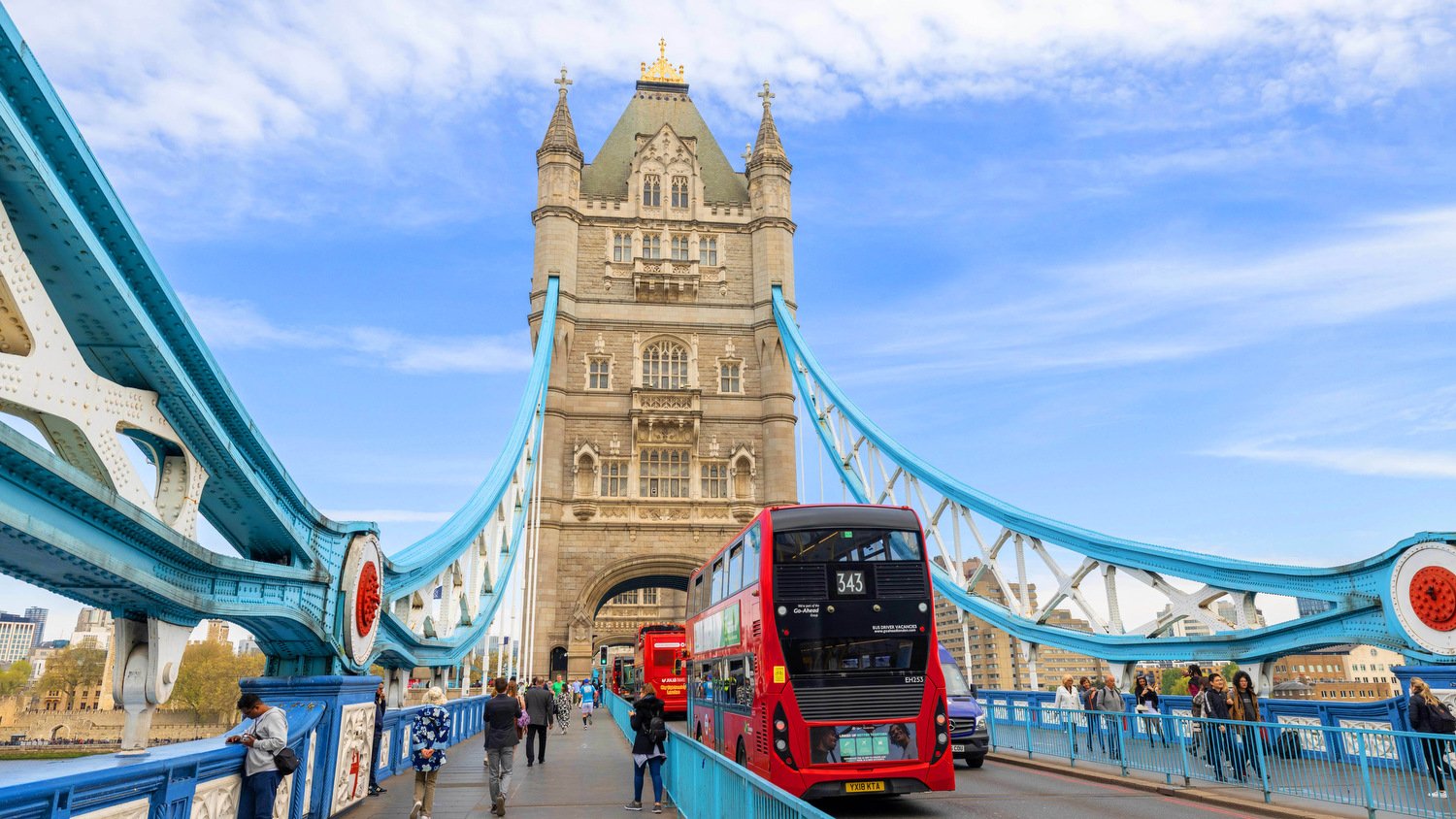


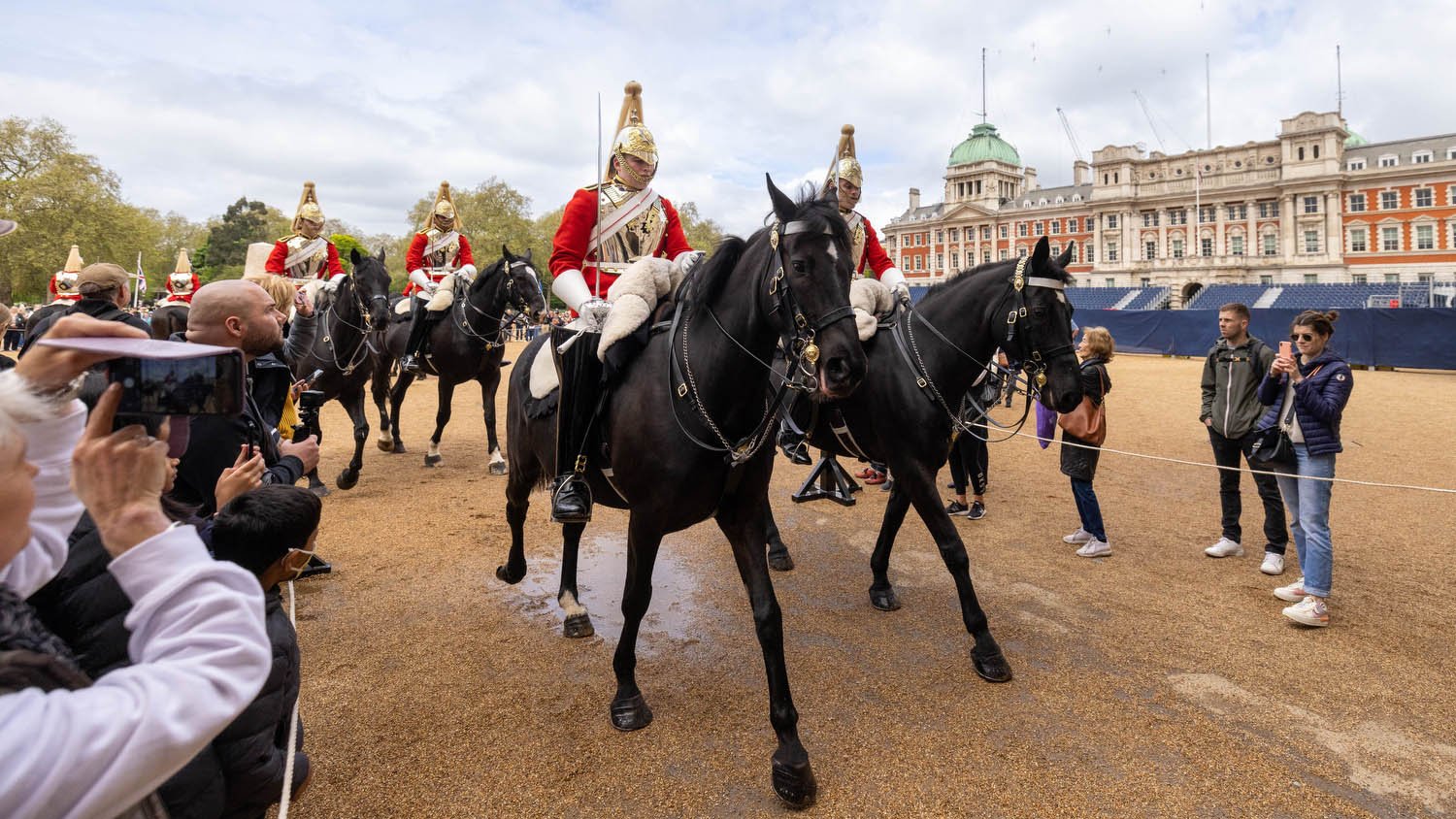

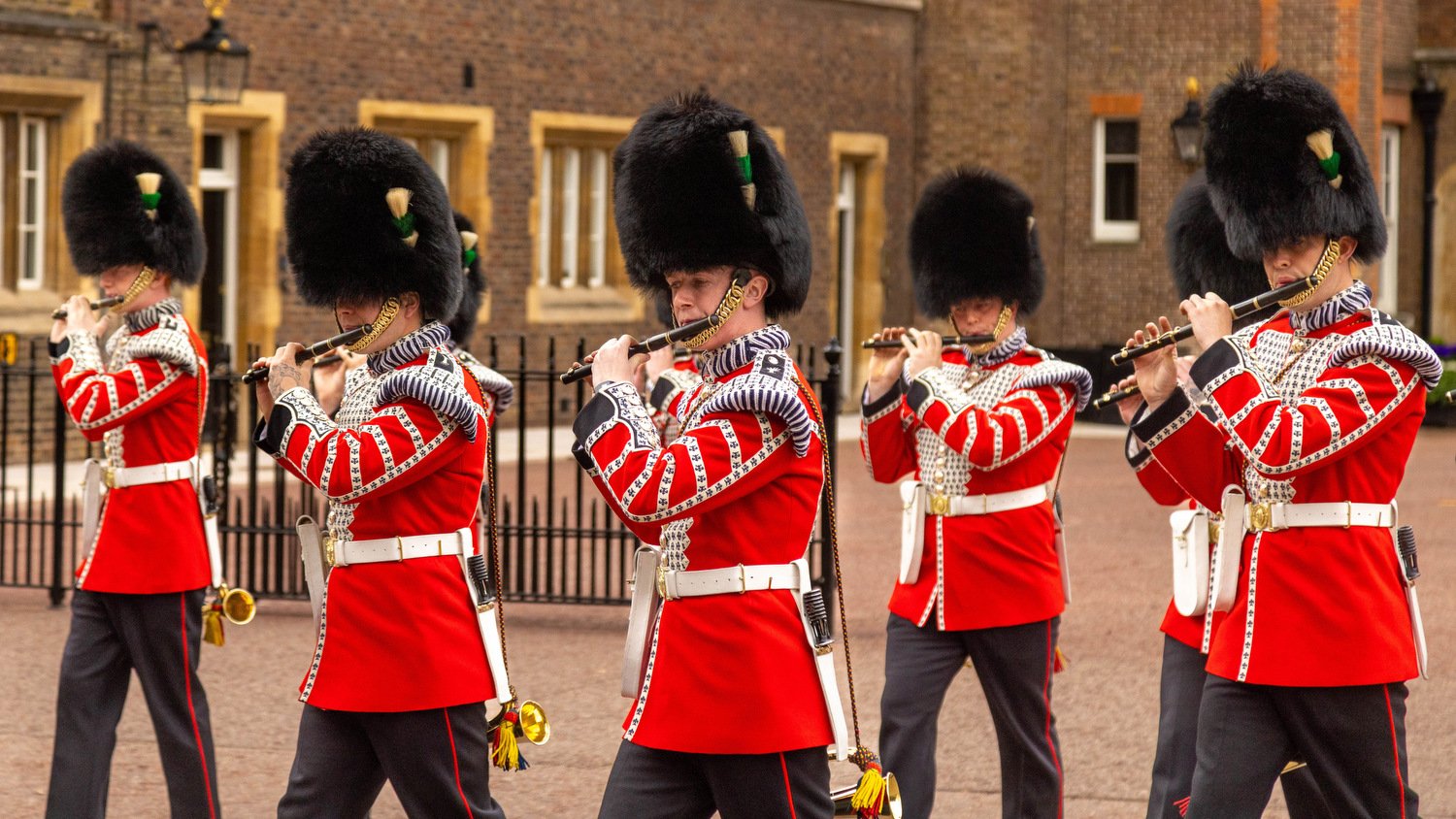

Buckingham Palace offers numerous exciting ways to visit the famous royal residence. We explain the tour options for 2025.